Tide pooling is an amazing way to connect your child to a natural ecosystem where they can handle animals, explore, and discover. Tide pooling on the Seacoast is amazing! We have access to rich diversity in our tide pools including snails, crabs, and sea stars. This is everything you need to know to have a positive experience in a Seacoast tide pool.
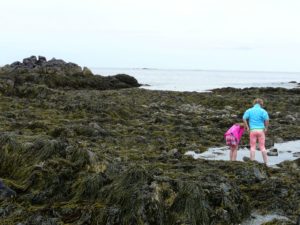
Background
The intertidal zone is the area between high and low tide. The organisms that live there have to survive intense daily fluctuations in temperature, water level, and exposure to the elements. It’s also a nursery to many commercial fishery animals like lobster, crabs, and shellfish. This special ecosystem is a treasure of the Seacoast and should be treated with respect.
How to prepare for your adventure
Check a Tide Chart
Tide pooling on the Seacoast is best at low tide when the rocks are exposed – we’ve got such dramatic tides around here. Check ahead at NOAA Tide Chart or download the app Tides Near Me.
Safety First
Keep an eye on the sea and waves at all times. Also, carefully move over the wet rocks using hands and feet. Bring a first aid kit and a water bottle. Scrapes from rocks should be rinsed, sanitized and covered. The best way to prevent scrapes and bruises is to wear closed toed shoes, long pants, and use three points of contact to traverse the rocks.
Handle with Care
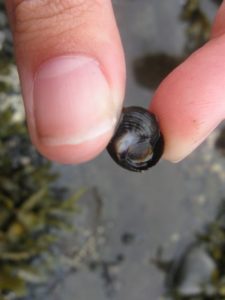
Hold organisms in cupped hands and near the ground so they’re dropped, they won’t fall far. Remember that these organisms have an extreme environment where survival is difficult. Don’t make their life harder! You are in their home.
Bring This
Bring a bucket to study the animals, first aid kit, closed toed shoes, and sun protection. You can also pick up a Rocky Shore Field Guide laminated identification card at the Seacoast Science Center for $6.
Once you are at the shore
- Carefully move to the middle or low intertidal zones where you can find pools left by the outgoing tide.
- Choose a small pool to explore.
- Start by looking around. Carefully lift seaweeds and look underneath. Turn over rocks and look for any moving organisms.
- Don’t be afraid to scoop up moving critters and put them in your bucket. Add sea water to your bucket to keep your critters cool and wet.
- Try identifying your organisms using a guide or app.
- Return organisms to where they came from, fold back seaweeds, and roll back rocks.
- Make sure you bring all belongings out of the tide pool area when you depart. Leave no trace!
Where: Spots for Tide pooling on the Seacoast
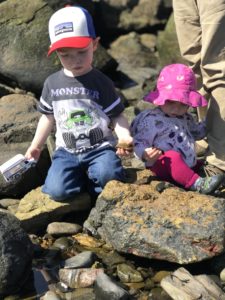
Odiorne State Park – Rye, NH
This is the rocky shore at its best! At low tide, you gain access to a wide and deep landscape for exploration. What’s more, you can take a trip to the Seacoast Science Center in Rye, and visit a real life touch tank. While there, talk to the staff, take part in a daily interpretive program, and purchase a field guide in their gift shop. I’ve taken children age 2 to 14 tide pooling here as a teacher and mom. There’s plenty of parking but during the summer, but be aware there is an entry fee for the park as well as admission for the science center.
Gooches Beach – Kennebunk, ME
I’ve lead many field trips with kids ages 5 to 13 to this beach. It’s a great place to visit because there is a wide sandy beach and then at the end near the point, it switches to rocky intertidal. I like to pair a traditional beach day with tide pool exploration. Summer parking is limited and requires a permit.
Marginal Way – Ogunquit, ME
If you’ve ever enjoyed a seaside walk along Marginal Way in Ogunguit, you know it provides gorgeous views of seashore and beaches galore. What you might not have noticed is down below there are pockets of rocky outcrops creating tide pools rich with critters for exploring. Fee parking is available both at Ogunquit beach as well as Perkins cove.
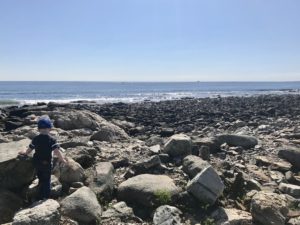








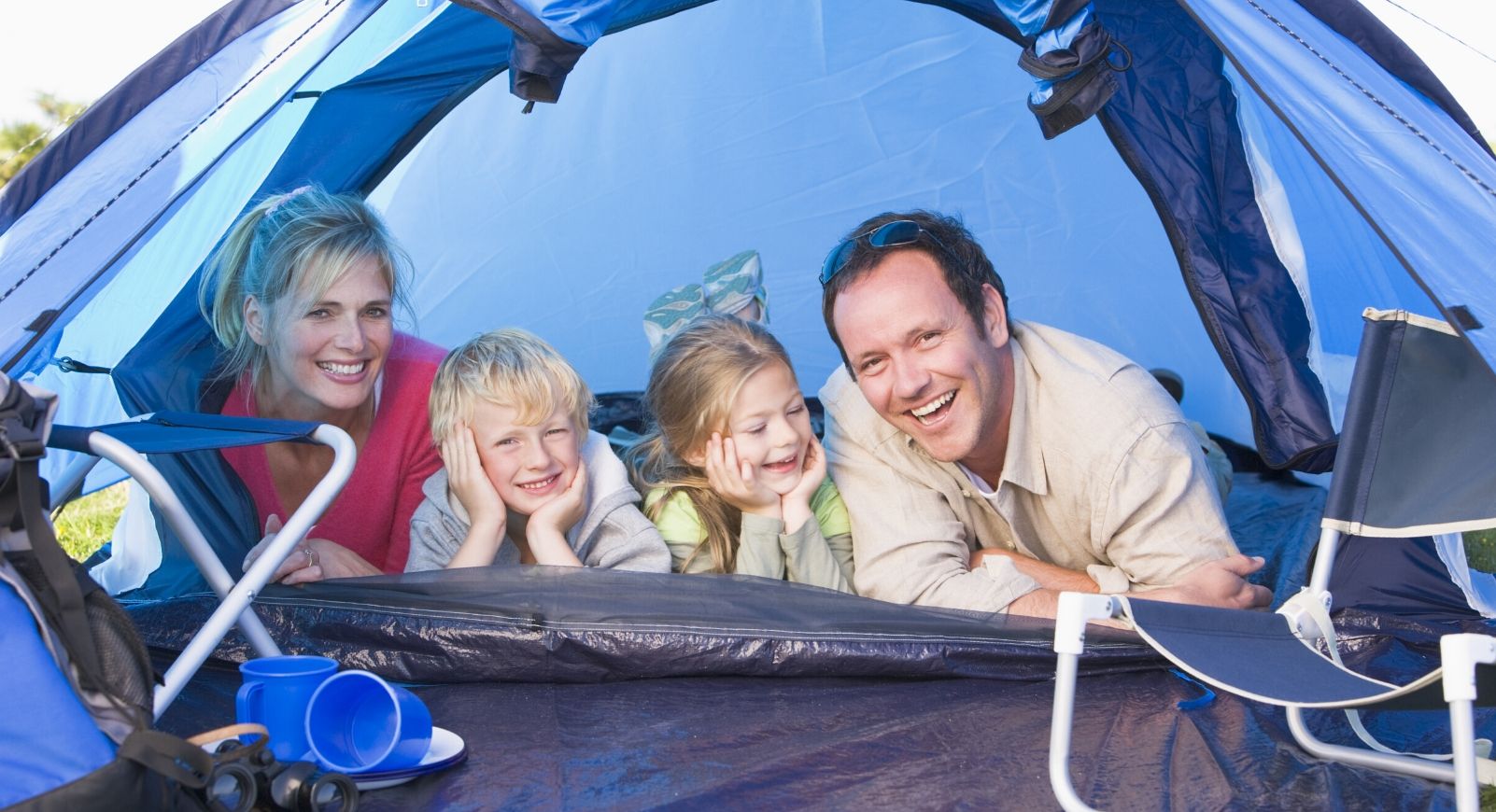


Thanks for the background knowledge as well as places to explore. Great post!
Comments are closed.